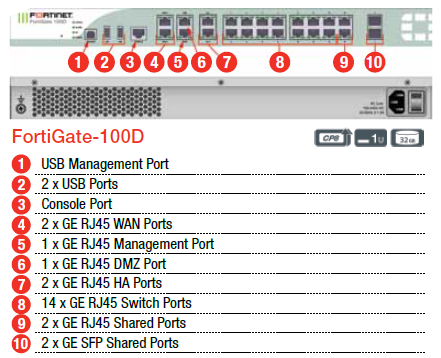
Fortigate Software Switch Vs Hardware Switch
I have a Fortinet FortiGate firewall, a Dell PowerConnect switch and will be getting a Comcast router for Internet access at a business. Basically, this is a new network to be installed in parallel with a functional network from another provider. Mar 26, 2018 - Hardware Switches vs Software Switches. Standard Installation in NAT/Route Mode. Contoh proposal dan skripsi manajemen keuangan perbankan. Configuring the FortiGate-5000 active-active cluster.
Fortinet is a global leader and innovator in Network Security. Here you can ask for help, share tips and tricks, and discuss anything related to Fortinet and Fortinet Products. If you're having a problem with a Fortinet product, first, make sure you submit your request to Fortinet TAC if you have a valid support contract. Next, please provide us as much information about your problem as you possibly can. Some examples of useful information are the following: • Hardware Platform • Software Version • • • Topology diagram • Version and type of software being impacted (i.e. Browser, your computer's OS, etc.) • What you have already tried as part of your troubleshooting process Support Links • Fortinet Links • • • Brain/Answer Dumps Posting brain or answer dumps for Fortinet certifications is prohibited as they are copyrighted material. Sharing dumps and may result in a site-wide ban.
Ok, so I have a Fortigate 200D POE with 5.4.6 on it. It currently works with the following config: I have a 'hardware switch' with 3 VLANs assigned to it, along with network port 9-16. These are effectively trunk ports, correct? 9 is attached to a physical switch that is set up with those 3 VLANs in it, and access ports are configured past that to allow for different workstations to be on different VLANs. I then have ports 10-16 attached to 7 different POE Meraki APs so that each AP knows about each of the 3 VLANs, plus has power, and the assign SSIDs for each VLAN. This all works.
I am not a fan of how it is set up, but that's what I got. I now am upgrading my network switches, and want to make use of the SFP ports on the FGT and my new switches for a better uplink. I want to add a couple more VLANs to this HW switch (already assigned individually to other hw ports on the FGT), and also assign the DMZ2 port to this HW switch. I spoke with a FortiGate rep and they said due to a hardware limitation, DMZ ports are not able to be part of that hardware switch. But they can be part of a virtual switch, and I can then add the hw switch to that vswitch.
And then assign my VLAN configs to that vswitch. I am going to try that configuration, but I know using vswitches creates unnecessary CPU overhead so I am trying to come up with a better solution. It's really strange to me that I can't just make VLAN configs and assign them to multiple interfaces.
Kolin de plans infernaljnij slovarj. Once you assign a VLAN to HW switch 1, you cant also assign that same VLAN to SW Switch 1 or HW Port 3 or whatever. My thoughts are to separate my wireless VLANs from my wired VLANs.
VLAN20 wired would be 20, and Wireless would be like VLAN21 and so on. That way, I could assign all the wireless VLANs to a HW Switch using port 10-16 and then my wired VLANs all would go on DMZ2 to my physical switches. Does this make sense? Minus getting POE injectors for my APs (or powering them another way) I don't see any other way to accomplish this. Anyone have other suggestions?